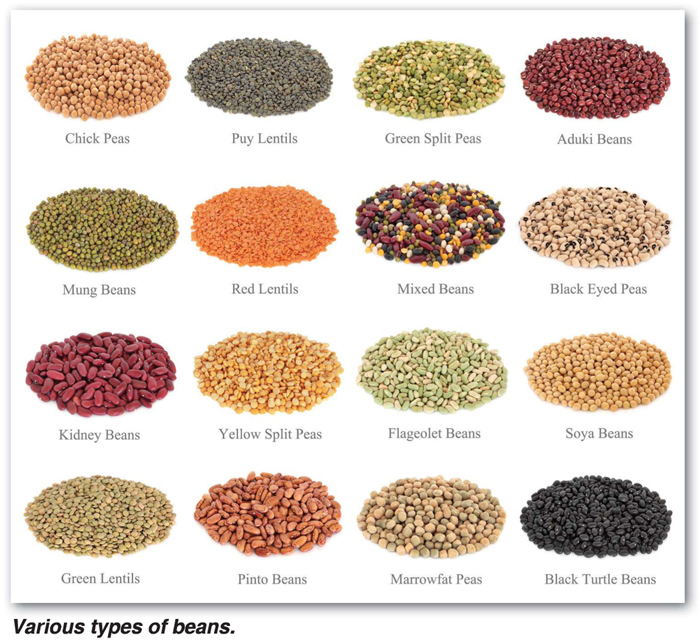The dry seeds of the eleven types of edible bean types grown worldwide, from within the whole legume family of plants, produced commercially or for own and family use are known as pulses.
The word ‘pulse’ specifically refers to the dry seeds produced which can be harvested by hand or machine and packaged and cooked in various ways or stored for long periods as dry seeds and the plants which produce such seeds. Storage can be in bulk facilities, bags, and small packets as well as processed into canned beans in brine or tomato sauces and many other ways. We are all familiar with these products on supermarket shelves or found at Spaza’s and street corner traders.
Fresh beans, peas, soybeans and peanuts are not considered to be pulses. Soybeans and peanuts will thus not be considered in this article. Soybeans and peanut seeds are much higher in fat content whereas pulses contain virtually no fat.
Dry Beans consist of Dry peas, lentils, chickpeas, carioca beans, alubia beans, pigeon peas, faba beans, dried split peas, mung beans, black eyed peas, lupines, bambara beans and cowpeas.

Conclusion
The growing of dry beans should be strongly considered as an option for both small and large growers, given the high value of the crop compared with other dryland and irrigated crop options at the current prevailing Safex futures prices. It can be used as a useful crop within a planned rotation system.
